Invented by Michael Super, Edward J. Doherty, Mark Joseph Cartwright, Des White, Alexander Stafford, Omar abdel-Rahman Ali, Amanda Graveline, Donald E. Ingber, David J. Mooney, Benjamin Seiler, Harvard College
The global market for pathogen vaccines is expected to experience substantial growth in the coming years. Factors such as increasing awareness about the importance of vaccination, rising prevalence of infectious diseases, and advancements in vaccine technology are driving this growth. Additionally, the ongoing efforts to combat the COVID-19 pandemic have further accelerated the demand for vaccines.
Various types of vaccines are available in the market, including live attenuated vaccines, inactivated vaccines, subunit vaccines, conjugate vaccines, and DNA vaccines. Each type of vaccine has its own advantages and limitations, and their selection depends on the specific pathogen and the desired immune response. For instance, live attenuated vaccines contain weakened forms of the pathogen, which stimulate a strong and long-lasting immune response. In contrast, subunit vaccines contain only specific antigens of the pathogen, making them safer but requiring additional adjuvants to enhance the immune response.
The production of pathogen vaccines involves several complex steps. Initially, the pathogen is isolated and cultured in the laboratory. Depending on the type of vaccine, the pathogen is then inactivated, attenuated, or genetically modified to reduce its virulence while maintaining its immunogenicity. The antigens are then purified and formulated with adjuvants, stabilizers, and preservatives to enhance their efficacy and shelf life. Finally, the vaccines undergo rigorous quality control tests to ensure their safety and effectiveness.
The applications of pathogen vaccines are vast and encompass both human and animal health. In human health, vaccines have played a crucial role in eradicating or controlling diseases such as smallpox, polio, measles, and hepatitis. They are also instrumental in preventing common infectious diseases like influenza, pneumococcal infections, and human papillomavirus (HPV) infections. Moreover, the recent development and deployment of COVID-19 vaccines have demonstrated the potential of vaccines in controlling pandemics.
In animal health, vaccines are used to prevent and control various diseases that affect livestock, poultry, and pets. Vaccination programs have been successful in reducing the economic losses associated with diseases such as foot-and-mouth disease, avian influenza, and rabies. Furthermore, the increasing demand for animal protein and the growing concern for food safety have led to the development of vaccines that improve animal health and reduce the need for antibiotics in animal production.
In conclusion, the market for pathogen vaccines and methods of producing and using them is witnessing significant growth due to the increasing prevalence of infectious diseases and the need for disease prevention. The advancements in vaccine technology and the ongoing efforts to combat the COVID-19 pandemic have further fueled this growth. With the potential to prevent and control a wide range of diseases in both humans and animals, pathogen vaccines are playing a crucial role in safeguarding public health and ensuring sustainable food production.
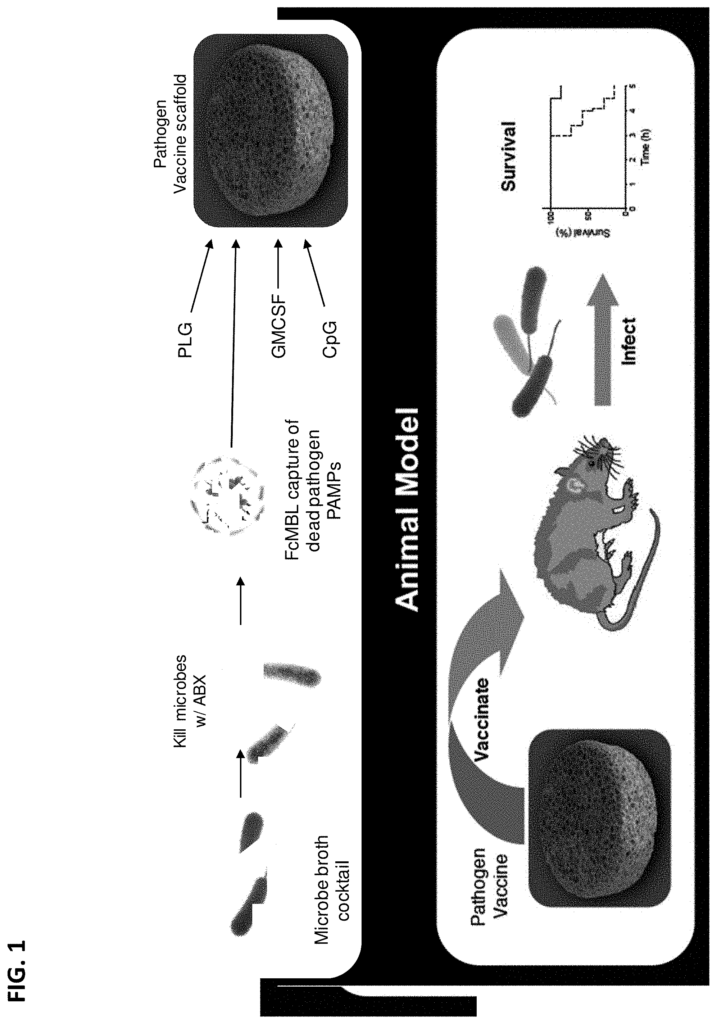
The Harvard College invention works as follows
The present invention is a vaccine composition and a method of making such compositions. Other embodiments of the invention include methods of treating a pathogen infection, methods of vaccinating a subject against a pathogen infection, and methods for treating an antibiotic-resistance bacterial infection in a subject in need thereof. The invention also includes other embodiments that include methods for decreasing the amount of pathogens in a person with a disease, increasing the survival rate of the patient, reducing pain and distress caused by a disease, or reducing the amount of stress associated with the infection. The invention also includes novel scaffold compositions as well as opsonin or lectin bound pathogen compositions.
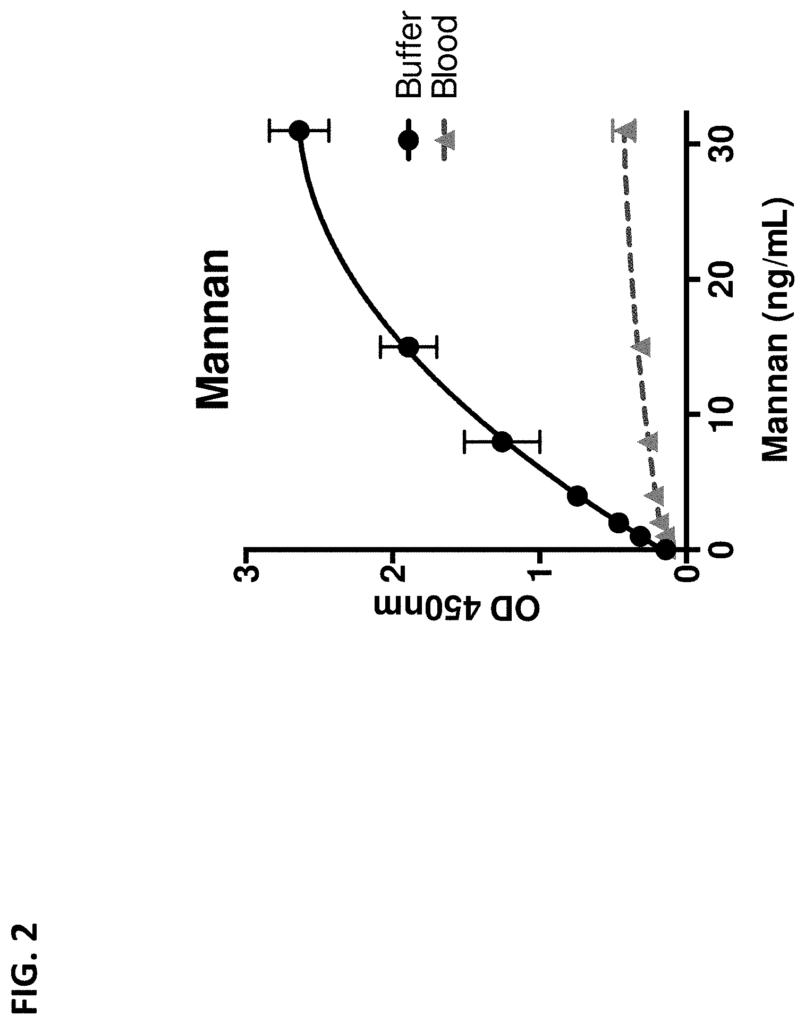
Background for Pathogen Vaccines and Methods of Producing and Using the Same
Infectious diseases can be caused by pathogenic microorganisms, such as a virus or a bacterium that enters a body and multiplies. Infectious diseases are treated by administering antimicrobials such as antibiotics or antivirals, or using immunotherapy, such as vaccinations, on patients who have or are prone to having such infections.
The use of antimicrobials is not always effective. In some cases, pathogenic bacteria may develop resistance or drugs can cause unwanted side effects. Antibiotics and antivirals are not completely satisfactory when it comes to their antimicrobial properties, how they behave in the body, their safety or even ability to suppress drug resistant microorganisms.
Vaccines help the body develop immunity to pathogens by enhancing its natural defenses. While vaccines are considered to be among the most powerful public health tools, they have certain limitations when it comes to treating or preventing infectious disease. In order to develop vaccines, it is necessary to identify or isolate the pathogen. Preparation of vaccines can be a challenge if the pathogen is not known or if isolation poses a significant problem. The antigenicity can be easily changed, and in cases where there are multiple strains of pathogens with different antigens on the surface, the difference in antigen structure from the vaccine strain to the infected one could pose a serious problem. The vaccination is rendered ineffective when a strain other than the one administered by the vaccine causes an infectious illness. Pathogen leakage in some vaccines has also been observed, causing unwanted side effects and massive inflammation.
Infectious diseases are a leading cause for illness, disability, and death around the globe. There is a continuing and unmet demand for novel therapeutic strategies and vaccinations to treat infectious disease.
The present invention is at least partly based on the discovery of the fact that pathogens, or pathogen-associated molecular patterns, (PAMPs), isolated using a lectin such as an engineered fragment or lectin can be used in the production of functional vaccines to treat infectious diseases. The present inventors discovered, to their surprise, that pathogens, or pathogen-associated molecular patterns, isolated using a lectin, can be combined with bioactive agents, such as an adjuvant and/or scaffolds, in order to create high potency vaccines. 1 ). A single dose of these vaccinations, when used to vaccinate animal, resulted in significantly reduced pathogen levels in the vaccinated and significantly longer survival times after infection with lethal bacteria. As shown in Example 1, the vaccine composition can provide protection to vaccinated animals for a period up to 90 days. The opsonin and lectin (e.g. an engineered fragment of a lectin) not only function to isolate pathogens for use in vaccine compositions, but they also serve as anchor structures to immobilize pathogens, preventing any unwanted side effects that are currently experienced with leakage.
The vaccine compositions present invention have additional improvements over the existing vaccines. The vaccine compositions allow, for example, rapid and direct isolation from pathogens in blood samples of patients with infectious diseases, including pathogens that are known or unknown, pathogens in other biological fluids, and pathogens in in vitro culture. These vaccine compositions are also effective against pathogens which are difficult to isolate or purify. The vaccine compositions, once the pathogens have been isolated, can be prepared quickly and conveniently anywhere in the globe. They can also be made available to patients within a short time, such as one day. The claimed vaccine compositions also allow for vaccination to be done in a safer, more localized, and controlled manner without compromising their efficacy. The claimed vaccines are more stable and can be stored at room temperature for a long time without refrigeration. The vaccine compositions may also be multivalent vaccines if they contain more than one pathogen type. They can be used for vaccinating against different strains or species of a pathogen. The vaccine compositions can also be removed easily from the subject if they are implanted. In the event that a large immune response is triggered or unwanted side effects occur after vaccination, implanted compositions of vaccines can easily be removed. Unlike current vaccines, which cannot be removed from the subject once they have been introduced, these improvements can circumvent major limitations of existing pathogen vaccines. These improvements would be very useful to the public during an epidemic or for military purposes, when vaccines are needed quickly. The ability to quickly create highly stable and functional vaccines, which are easy to store and handle, and can be administered in a more controlled and safer manner, makes the vaccine compositions of this invention significantly superior to existing vaccines.
The present invention, according to one aspect, provides vaccine compositions. The vaccine compositions contain an opsonin or lectin bound pathogen construct and a bioagent that can recruit an immune cell to a subject.
The bioagent can be selected from a group of substances that includes interleukin-1, IL-2 and IL-3. Also included are interferon-alpha (IFN-alpha), interferon-gamma (IFN-gamma), interferon-alpha (IFN-alpha), granulocyte-macrophage colony-stimulating factor (GMCSF), granulocyte-colony-stimulating factor (G CSF), M-SCF
In some embodiments, a bioagent includes an adjuvant. In other embodiments, the adjuvant is selected from the group consisting of cytosine-guanosine oligonucleotide (CpG-ODN) sequence, granulocyte macrophage colony stimulating factor (GM-CSF), ovalbumin (OVA), monophosphoryl lipid A (MPL), poly(I:C), MF59, alum, aluminum hydroxide, aluminum phosphate, calcium phosphate hydroxide, Quil A, N-acetyl muramyl-L-alanyl-D-isoglutamine (MDP), FIA, montanide, adjuvant 65, lipovant, poly (DL-lactide-coglycolide) microspheres, paraffin oil, squalene, virosome, AS03, AS04, IL-1, IL-3, IL-4, IL-5, IL-6, IL-7, IL-8, IL-10, IL-12, IL-15, IL-17, IL-18, STING, Toll-like receptor ligand, CD40L, pathogen-associated molecular patterns (PAMPs), damage-associated molecular pattern molecules (DAMPs), Freund’s complete adjuvant, Freund’s incomplete adjuvant, antibodies against immune suppressive molecules (e.g., antibody or antagonist against transforming growth factor (TGF)-beta, A2aR antagonists), lipopolysaccharides (LPS), Fas ligand, Trail, lymphotactin, Mannan (M-FP), APG-2, Hsp70 and Hsp90.
In some embodiments, a lectin is used, or a part of a natural lectin. In some embodiments the lectin can be a collectin. In some embodiments, the lecitin is a ficollin. In certain embodiments, the mannose-binding (MBL) lectin may be used. In some embodiments, lectins contain amino acid residues from 81 to 228 MBL. In another embodiment, lectin contains amino acid residues from 111 to 228 MBL (SEQID NO: 1) In certain embodiments, mannose-binding (MBL) lectin is capable of binding the pathogen. In certain embodiments, Surfactant Protein D is included in the lectin. Surfactant Protein D is also capable of binding the pathogen in other embodiments.
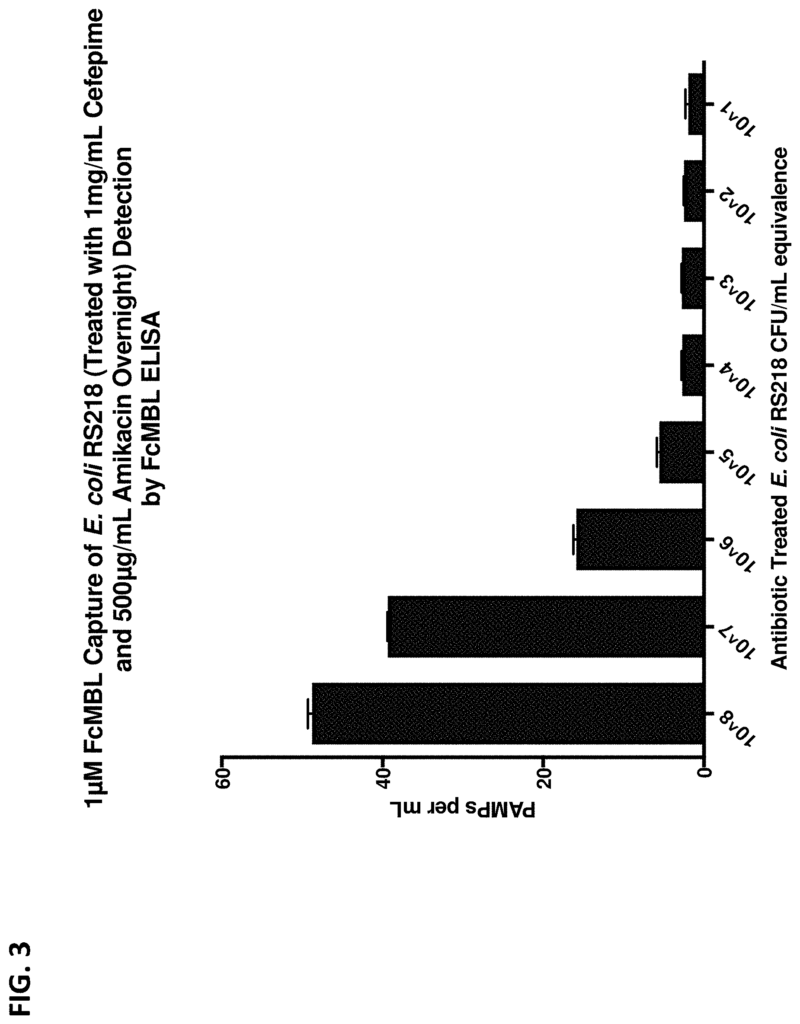
In some embodiments, an immunoglobulin Fc portion is included in the pathogen construct bound to lectin or opsonin.
In some embodiments, a solid substrate is further provided with the lectin or opsonin bound pathogen construct. In other embodiments the solid substrate can be selected from a group including a magnetic particle, a microporous fiber reactor, a blood filter membrane, and a flow device. In certain embodiments, the substrate is a magnet bead. In some embodiments, the pathogen can be found on the solid surface in quantities ranging from about 1 pg up to about 1,000?g.
In some embodiments the pathogen can be an infectious microorganism, such as a bacterium or a fungus.
In some embodiments, the bacterium is selected from the group consisting of Acinetobacter baumanii, Burkholderia cepacia, Bacterioides fragilis, Chlamydia trachomatis, Citrobacter freundii, Campylobacter jejuni, Escherichia coli, Enterobacter aerogenes, Enterobacter cloacae, Haemophilus inf b, Helicobacter pylori, Klebsiella oxytoca, K. pneumonia (MDR/CRE), Legionella pneumophila, Neisseria meningitides, Neisseria gonorrhoeae, Pseudomonas aeruginosa, Salmonella typhi, paratyphi, typhimurium, Serratia marcescens, Shigella flexneri, Stenotrophomonas maltophilia, Yersinia pseudotuberculosis, Bacillus subtilis, Clostridium neoformans, C. difficile, C. perfringens, Corynebacterium spp, Enterococcus faecalis, Enterococcus faecium, vancomycin-resistant Enterococci (VRE), Listeria monocytogenes, Mycobactrium avium, M. tuberculosis, M. leprae, Nocardia farcinica, P. acnes, Staphylococcus aureus, methicillin-susceptible Staphylococcus aureus (MSSA), methicillin-resistant Staphylococcus aureus (MRSA), Staphylococcus epidermidis, Streptococcus pyogenes, Strep Group A, Strep Group B (agalactiae) and Strep Group C.
In some embodiments the bacterium can be an antibiotic-resistant bacteria. In one embodiment, the bacterium can be a multi-drug resistance bacterium. In other embodiments, the antibiotic-resistant bacterium or the multi-drug resistant bacterium is selected from the group consisting of Acinetobacter baumanii, Escherichia coli, Klebsiella oxytoca, K. pneumonia (MDR/CRE), Pseudomonas aeruginosa, C. difficile, vancomycin-resistant Enterococci (VRE) and methicillin-resistant Staphylococcus aureus (MRSA).
The fungus can be selected from a group of Aspergillus species, Candida albicans (including glabrata), Blastomyces spp. Candida albicans (including krusei), Cryptococcus tropicalis, Fusarium species, Mucor species, Saccharomyces and Pneumocystis.
In some embodiments, a virus can be selected from a group that includes Dengue virus and Ebola virus. Other viruses include HIV, HSV 1, HSV 2 Cytomegalovirus, Influenza A virus Marburg virus Human respiratory syncytial (RSV), SARS CoV, West Nile, Human papillomaviruses (HPV), Human Rhinoviruses (HRVs), Zica virus.
In some embodiments the parasite selected is from the group consisting Cryptosporidium (Leishmania), Malaria (Schistosoma), Trichomonasm, and Trypanosoma.
In some embodiments, a pathogen is a component of cellular wall of an infectious microorganism. In some embodiments, the entire infectious microbial cellular unit is the pathogen. In some embodiments the components of the cell wall of the infectious microorganisms are glycosylated. In some embodiments, cell wall components may be mannosylated. In certain embodiments, cell wall components include mannose-capped Lipoarabinomannan. “In other embodiments the cell wall components include phosphatidylinositol manoside (PIM).
In some embodiments the pathogen is mycoplasma. In other embodiments the mycoplasma selected is M. pneumoniae M. hominis or M. orale.
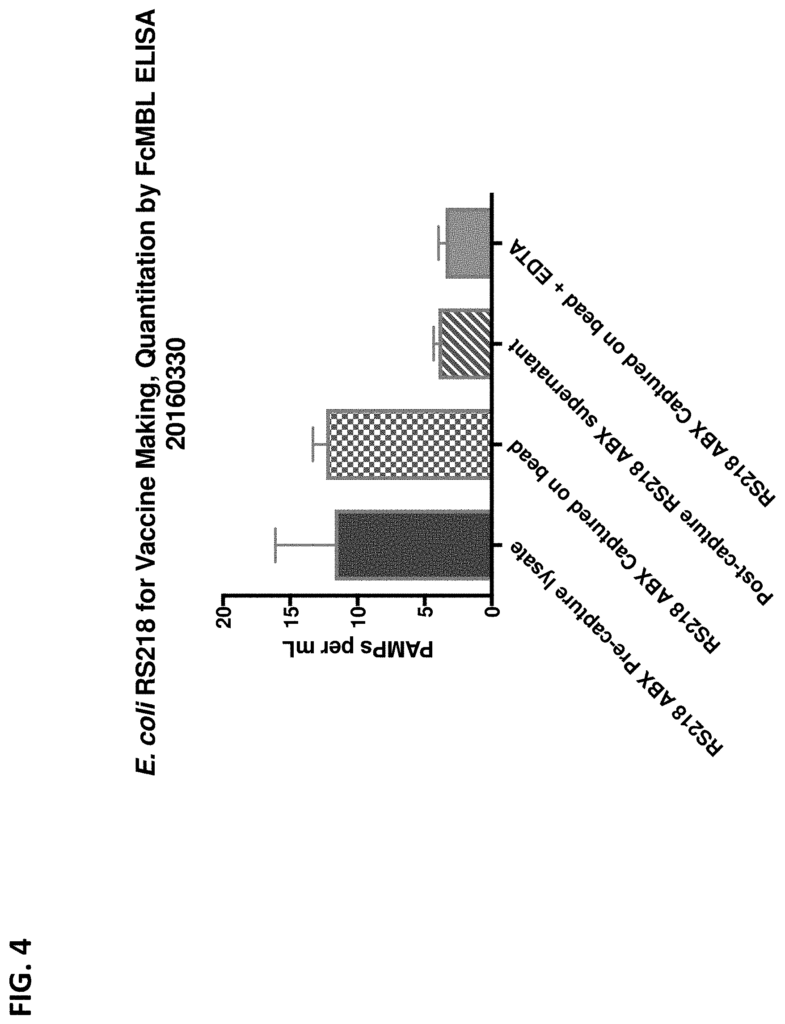
In some embodiments, a pathogen includes a pattern of pathogen-associated molecules (PAMP). In other embodiments the PAMP can be selected from a group that includes a fragment of the pathogen, debris from the pathogen, nucleic acids from the pathogen, lipoproteins from the surface glycoproteins on the pathogen, membrane components from the pathogen, and components released by the pathogen. In some embodiments the component released by the pathogen is a toxin. The toxin may be selected from the following: endotoxin (LPS), Lipopolysaccharide, Wall Teichoic Acid (WTA), and Ricin.
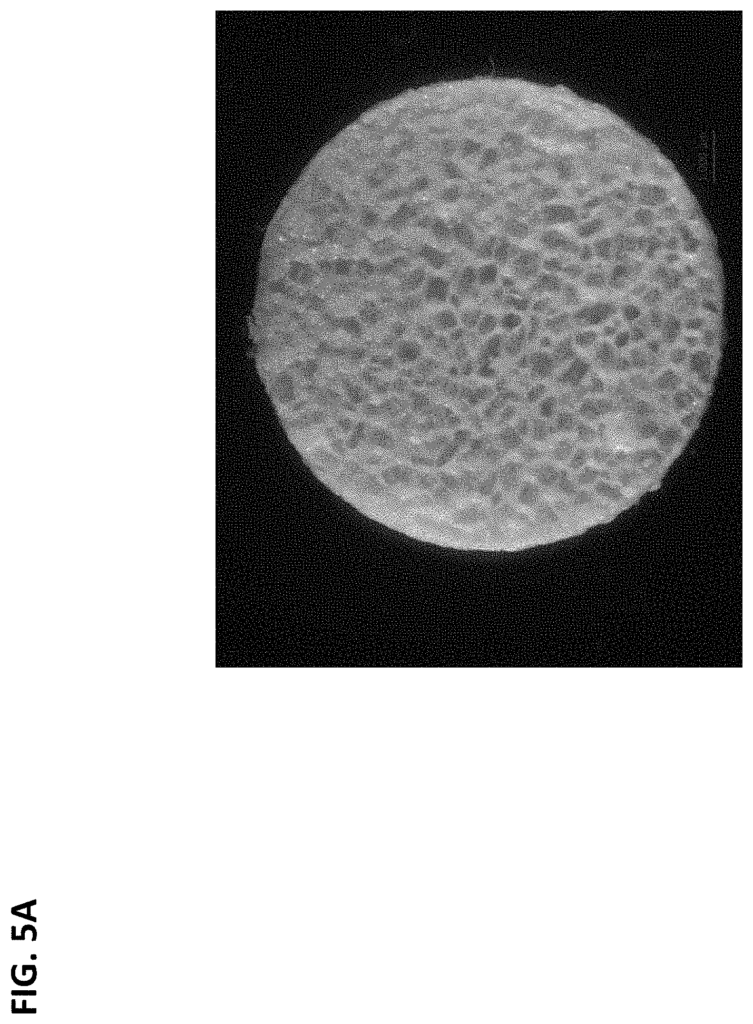
Click here to view the patent on Google Patents.
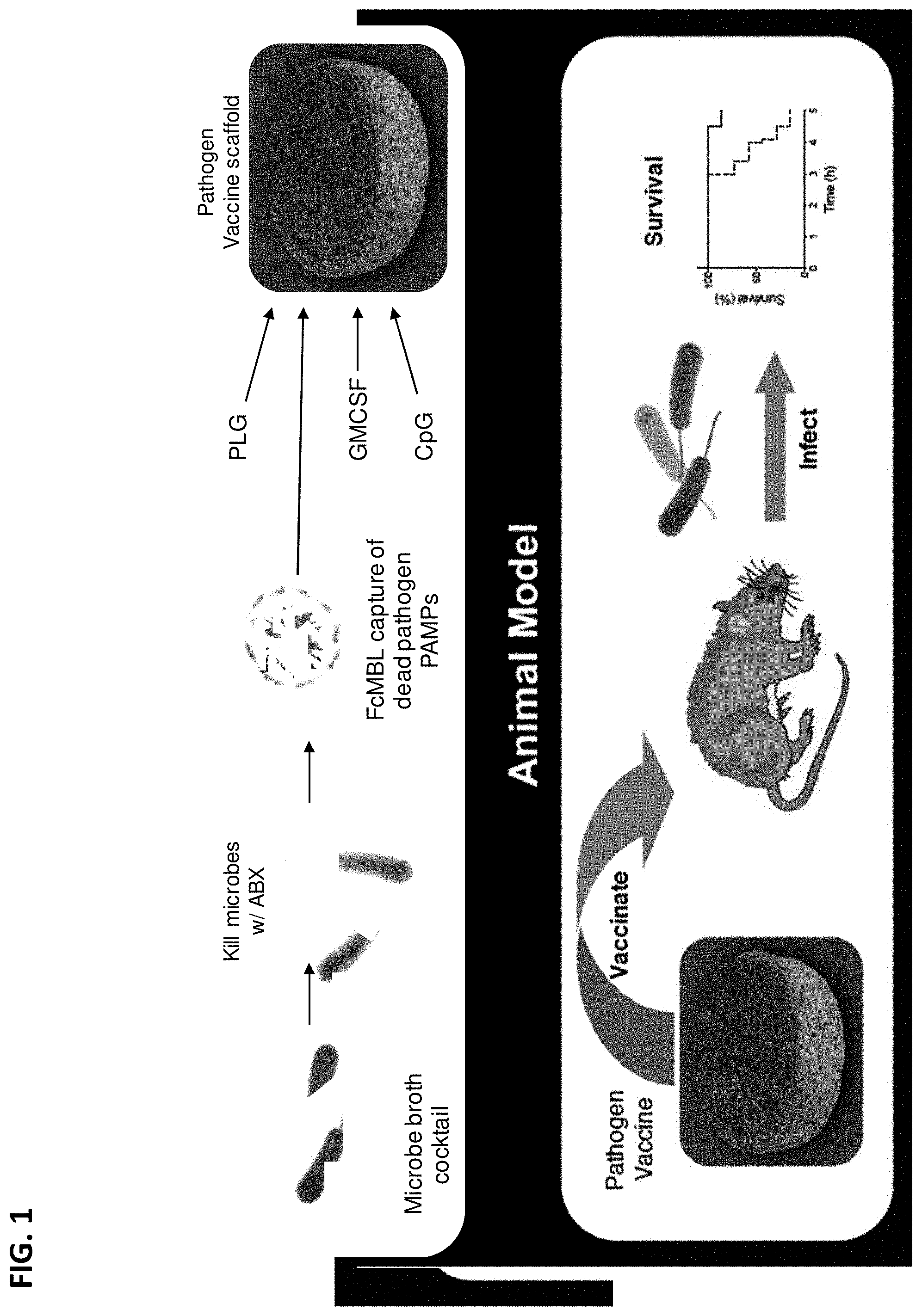
Leave a Reply